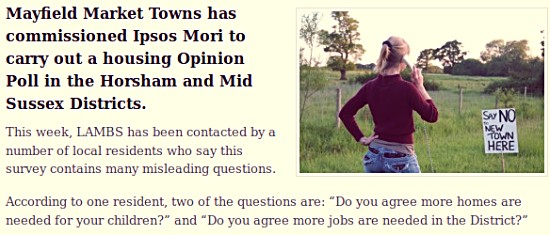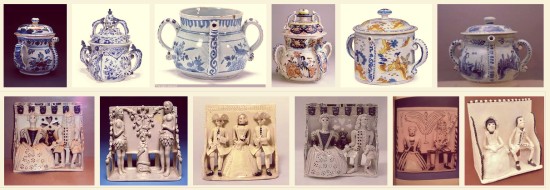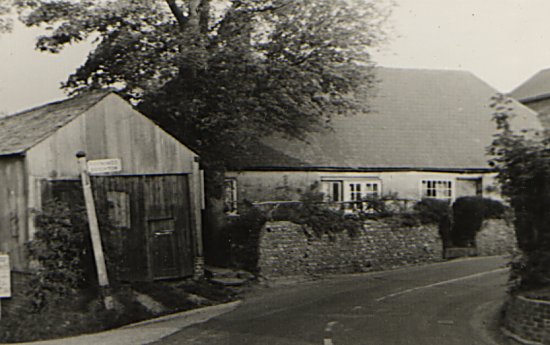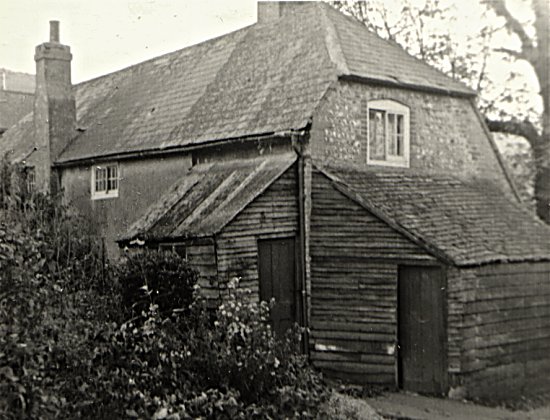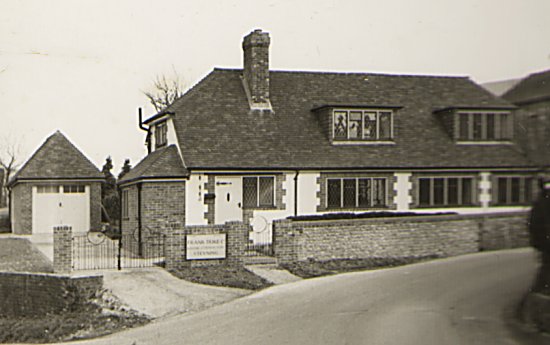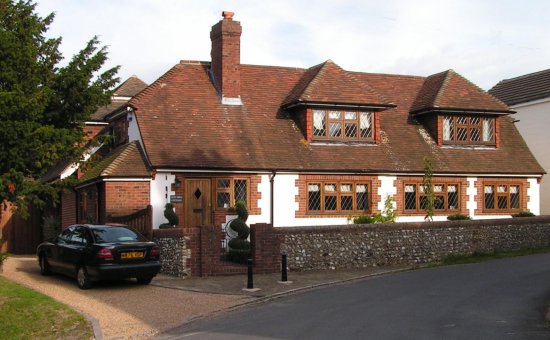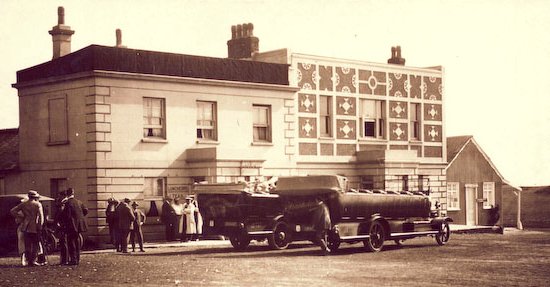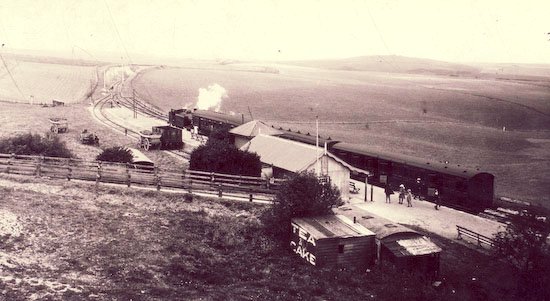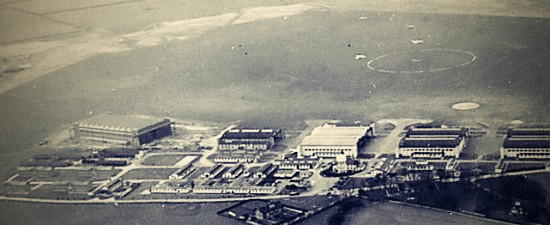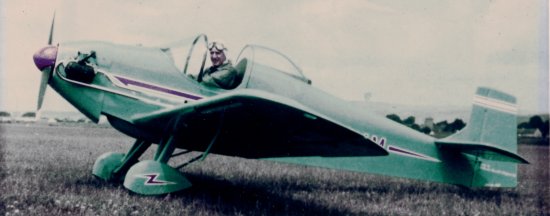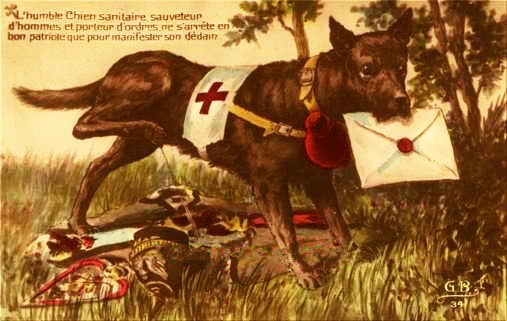
Emma White examines the role of dogs as messengers on the Western Front. Tuesday 3rd June, 12:10pm–12:50pm, Worthing Library, free admission.
Monthly Archives: May 2014
European Election results

The Mid Sussex counts for the five parties that got at least one thousand votes each were as follows:
- Conservative Party – 13,270 votes
- UK Independence Party (UKIP) – 11,935 votes
- Labour Party – 3,833 votes
- Green Party – 3,584 votes
- Liberal Democrats – 3,240 votes
Mid Sussex is part of the South East of England region in the UK, which will be represented by ten MEPS: 4 UKIP, 3 Conservative, 1 Labour, 1 Green and 1 LibDem.
Rave off

The Argus reports on the National Trust struggle to restore the status quo ante bellum:
More than 2,000 ravers attended leaving rubbish, including smashed bottles, beer cases, clothing and gas canisters strewn across the site after they partied for more than 24 hours. Volunteers helped to clear about 250 bags of waste ..
Charlie Cain, head ranger of the Devil’s Dyke estate, said [that] .. there is broken glass all over the Downs that is going to cause problems for years.
Elsewhere, the head ranger said:
The mess left behind after [the] rave at Devil’s Dyke was terrible. Fences and gates were cut and cattle had been separated from their water supply.
Updated 2nd June.
Request for indigenous plants
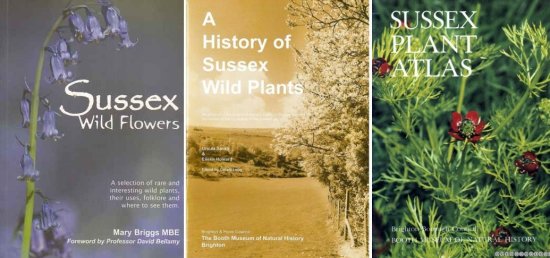
Northbrook College are due to start at Lady Brook Spring on 14th June after the site has been cleared and the lay-by cordoned off. The work will only be carried out at weekends and should take around four weeks. The College and Community Volunteer Team will carry out the bulk of the work and then hand over to the village to landscape the site. Donations of indigenous plants are hereby solicited. The plants will not be needed until the end of June or the beginning of July. If any Fulking gardeners are splitting plants before then, please bear this worthy project in mind.
Andrea Dickson, Clerk to Fulking Parish Council
01444 451 060 / andreadicksonfpc@gmail.com
Local history resumes
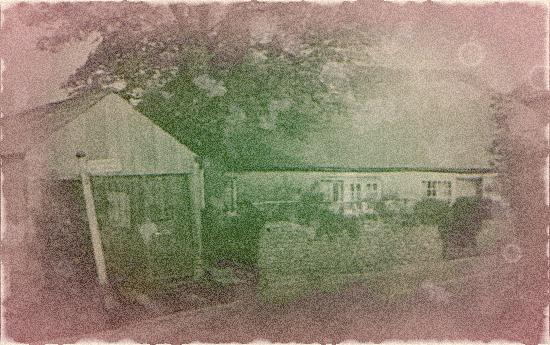
After a four month furlough, Fulking local history essays resumed earlier this month with William Axon’s 1897 essay on Poynings and Fulking, A Ruskin Pilgrimage. Such essays don’t usually appear on the home page (they are too long). They do show up in the ‘Recent Posts’ list in the left sidebar but are easy to miss there. If such posts interest you, then you should just check the list provided in the ‘Local History’ menu item under ‘About Our Village’ every few weeks to see if something new has appeared at the top. The purpose of the present note is to draw your attention to the fact that today sees the publication of no fewer than three local history items: Tony Brooks’s history of the Yew Tree Cottage site and biographical pieces on two of the former residents Albert E. Browne OBE and his son Ken (Memories of Devil’s Dyke).
Yew Tree Cottage
Clematis Cottage seems to have been the larger of the two, having two bedrooms, a scullery, a sitting room and a privy. Yew Tree Cottage was slightly smaller, but far better equipped for those days. It had two bedrooms, a scullery, a brick and tile outside privy and a kitchen with a tiled floor, fitted cupboards, a range and an oven.
Ross and Zeffie Jeffries purchased the cottage in 1956 and they undertook considerable renovation works, which were completed in 1957. The building was almost entirely demolished, along with the wheelwright’s workshop and other outbuildings, and replaced with a similar sized, modern bungalow and detached garage. To comply with conditions attached to the planning consent for the new bungalow, it had to be no larger than the original building and had to retain some of the features of the original cottage. However, on the new building the dormer windows faced the road, whilst on the original cottage they were at the rear. It seems likely that the current name, ‘Yew Tree Cottage’, was adopted after the 1957 reconstruction.So named from the Yew tree and Clematis which once graced the front of the cottages. Estimated to be about 400 years old; was formerly two cottages each containing four rooms.
Built of rock — the walls of which have in recent years been rendered with a covering of concrete — and timbers from ancient ships, is structurally very sound, but attention is sadly needed to its decaying doors and window frames. The roof was originally of thatch but, within the last century, has been replaced with slates.
It is a great pity that our Minister of Health cannot see his way to adopt the Hobhouse Report[1] of 1946, which recommended the restoration of such property. What a blessing would be conferred on the occupants of this and many other rural cottages.
The West cottage, ‘Yew Cottage’, was, in the dim past, used by the inhabitants of the village and surrounding cottages as a bacon curing centre, and many hams, hands and sides of pork have been ‘cured’ in its enormous open fireplace, still extant.
The hut adjoining Yew Cottage was used for many years by the Barber family[2] as a carpenter’s and wheelwright’s shop, and many Sussex wagons have trundled from beneath its roof. In later years (within the memory of the occupant), this hut was used as a School for Carpentry and Joinery and was attended by many village lads. In those days, there were very few counter attractions, the distant ones being available only to the fortunate ones who possessed ‘cushioned’ tyred bicycles.
Its water supply, before the installation of the ‘village pump’, was from a now covered-in well in the scullery, still intact beneath its crust of concrete. The present tenant has often been tempted to tap this supply, using it in preference to the present one, which has been the cause of many ‘cuss’ words on finding an exhausted water store when, at the ‘crack of dawn’, he arises to have a ‘brew up’.
One day perhaps, in the remote future, we may be blessed with H. & C. and W.C. E.L. [electric light] we already have.
The July 1957 issue of St. Andrews Quarterly gave the new building a restrained welcome:
A short history of Yew Cottage was published a few years ago so we now mention the alterations which have recently been carried out by the owner. As will be seen from the photograph [above], its ‘face’ and in fact its interior have been completely altered, and although it is a pity to see the old building so altered we must admit that the builders have succeeded in producing an artistic effect on modern lines, and in keeping with the village. A pleasing garage has been erected in place of the old smithy’s building which was, after all, a bit of an eyesore, and formed a blind corner, dangerous to pedestrians and motorists alike.
After Zeffie Jeffries died in 2002, it was sold to the present owners who added a two-storey extension to the rear of the bungalow in 2006 and incorporated a double garage.
Tony Brooks
Footnotes:
[1] The Hobhouse Report led directly to the National Parks and Access to the Countryside Act 1949 which created the original National Parks. Sir Arthur Hobhouse had recommended that the South Downs be included. Six decades later it was the last on his list to be so designated.
[2] Members of the Barber family lived in Fulking for much of the nineteenth century. The 1841 census records list George Barber, who was born in Poynings, and his son Nelson as carpenters. By 1861, three of his sons, Nelson, Alexander and Charles are all working as carpenters. In 1881, George, now aged 82, and his son Charles are still in the village working as carpenters. George died in 1887 at the age of 88 and the then rector, Francis Gell, wrote “My dear old Clerk” next to his name in the Parish Register. George’s branch of the Barber family may well have lived in Yew and Clematis cottages.
[Copyright © 2014, Anthony R. Brooks. Adapted from Anthony R. Brooks (2008) The Changing Times of Fulking & Edburton. Chichester: RPM Print & Design, pages 147-148.]
Albert E. Browne OBE
[This post consists of two items that partly document the life of Albert E. Browne whose home was in Fulking, or the immediately surrounding area, for fifty six years.]
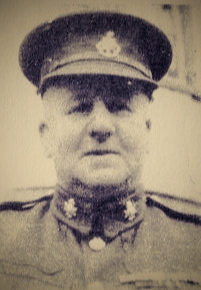
Fulking is .. proud of its son who has been awarded the O.B.E., and that I gathered when I saw the smiling countenance of a sergeant-major gazing at me from a frame. Now this is a rarity, for who has heard of a smiling sergeant-major, they are usually the reverse, so I stepped over to see who it was. I found it was none other than Mr. A.E. Brown. Yes, it is Mr. Brown now that he is back in civvy street.
Beneath his picture was the inscription, “Yes sir. Fulking is very proud of its O.B.E.” I stepped out to find him, and was fortunate to catch him before he started out on his lawful occasion, for he is busy these days.
I think he must be the most travelled son of Fulking, for it was in 1906 that he joined the 1st Battalion of the Royal Sussex Regiment and went off to India, where he spent 13 years. When his time with the regiment expired he endeavoured to “soldier” on, but the authorities turned him down so he returned to Fulking. With the outbreak of the last war however, he was soon in the thick of it, and with various establishments travelled everywhere, in fact he seemed to be always on the move.
Now that he has settled down in the quiet of a Sussex village, still with his smile but the Browns are still serving their country, for all three sons are serving with the forces, and strange to say in the three different services. One has recently brought home to Fulking his French bride, who is settling in, and enjoying her stay in this remote district.
[R.J.S., Rambling Reporter at Fulking, Southern Weekly News, 12th July 1947]
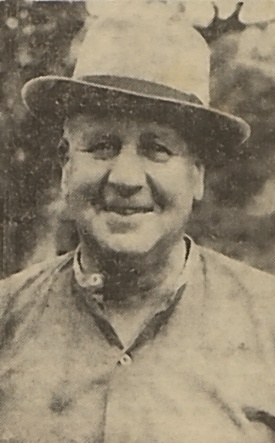
It is with very deep regret that we record the passing away of Mr. Albert E. Browne, O.B.E., on Tuesday October 10th, 1950 in the Elm Grove Hospital, following a very serious illness and operation: the Cremation took place at the Brighton Crematorium on Saturday October 14th, 1950, there being many beautiful floral tributes.
He and his family have been associated with the village for a very long while, in fact ‘Albert’ first came to Fulking in 1894 and for the past 17 years has resided in Yew Cottage. Perhaps, to many of us, he will be better remembered in Uniform for he spent no less than 30 years in the Service of H.M. the King, doing duty in many parts of the world, indeed the honour of ‘O.B.E.’ bestowed on him just before being pensioned, was well deserved.
After his retirement from the Service he was pleased to work for many in the Village and readily stepped into the breach to fill the gap upon the retirement of Mr. Walter Page as Clerk to Fulking Parish Council, holding this office until his health failed in the early part of this year.
Possessed with a happy although somewhat retiring disposition he went about his day cheerfully and quietly, always ready and willing to help others, always congenial and with a happy smile, never grumbling of his ‘lot’ nor criticising others — one of the ‘Old School’ who example we cannot but admire.
We all extend to Mrs. Browne and her family our very sincere and heartfelt sympathy in their sadness.
[Unsigned obituary notice from the October 1950 issue of St. Andrews Quarterly]
Memories of Devil’s Dyke
[The memoir that follows was written by Ken Browne (1923-2009), the eldest son of Albert Browne. Ken was born at the Dyke Hotel and later lived at Yew Tree Cottage.]
At the time, the hotel was regarded as a grand place, although it was lit with oil lamps and as children we had to take one of these or a candle to light our way to bed – something we found quite scary! There was a public bar, a saloon bar, a smoking room, a ladies room and my mother ran a tearoom at the western end of the hotel. It was very popular and people arrived in charabancs (forerunners of today’s coaches). These were quite a sight: they had solid tyres, every row of seats had its own door, the roof could be opened by the driver turning a handle (an exercise that took some five minutes to complete) and they had carbide headlamps. One event I remember well was a visit by the Duke of York [later King George VI] who, to mark his visit, ceremoniously unveiled a seat at the top of the steep, north slope of Devil’s Dyke.
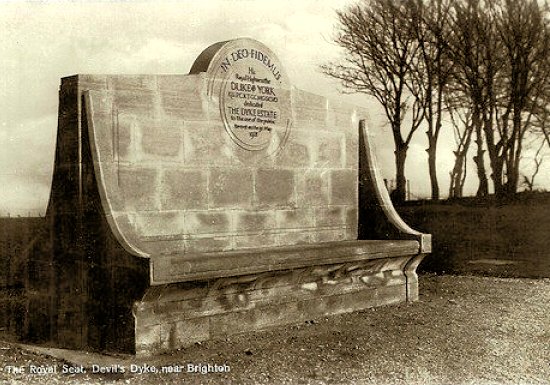
There were three different ways to Poynings school from the Dyke and we nicknamed them Bridle, Chalky, and Grassy. Bridle path was a very gentle descent around the south side of the hotel. The Chalky and Grassy paths went down from the north side and when it was wet they were very slippery. It took us about half an hour to make our way to the foot of the Downs and then walk through Poynings village to the school. After school, the climb back up the hill took three quarters of an hour and was far more difficult (as you can imagine) and in winter it was dark by the time we got home. A few years later when my brother Vernon turned five there were three of us making the trip.
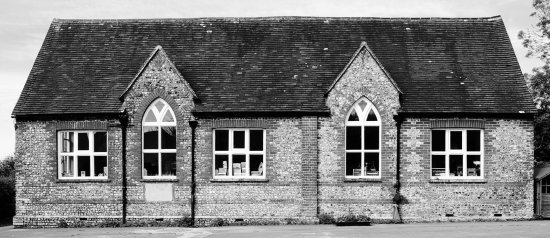
Saturday was always shopping day. We would walk to the Dyke Railway Station at about 8.30am — which was much easier than walking to school and more exciting. Mother’s return fare was eight pence and a return ticket for each child was four pence. The journey to Brighton took thirty minutes and as we got nearer to Brighton it became more exciting as we had each been promised a toy of some description. I wasn’t Mother’s pet but she knew that I wanted an aeroplane, that Irene wanted a doll, and that Vernon was happy to take ‘pot luck’.
My father was very strict, being a retired Army man who had served years in India, but we were a very happy family. I feel we were very fortunate to have lived at the hotel, with the fresh air and sunshine in summer and the snow in the winter.
When the Dyke Hotel was taken over by another brewery (I cannot remember the date this happened), we were obliged to move. My father found Yew Tree Cottage in Fulking, which had no electricity (there was no electricity anywhere in Fulking at the time). There were two hand pumps on The Street and we got our water from the one outside Fulking Farmhouse. The other pump was where the telephone kiosk now is and there was a drinking fountain opposite Laurel House.
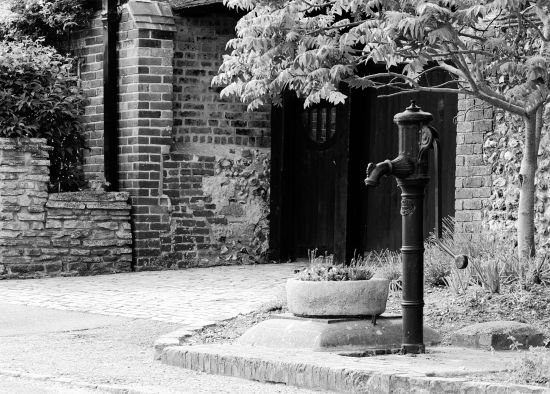
War broke out in 1939 and my father rejoined the army almost immediately. I volunteered for the RAF at the age of 17, my sister joined the Army Training Services (ATS) and later, my brother Vernon was called up for the navy. Meanwhile, mother was then living at home with the newest and youngest member of the family — Gordon, who was born in Fulking.
Following my discharge from the RAF, I returned to France as a representative for British Petroleum (BP) and there I married a French girl I had met during my war service there. I was given a privileged residence Identity Card and stayed there for a few years. Later I obtained my pilots license and purchased my own plane, a Druine Turbulent, single seater, with a top speed of 85 knots. For some 26 years, I flew this regularly between France and a small private airstrip at Golden Cross in East Sussex.
Ken Browne, 2007
[Copyright © 2014, the estate of Ken Browne. This memoir first appeared in Anthony R. Brooks (2008) The Changing Times of Fulking & Edburton. Chichester: RPM Print & Design, pages 417-421.]
Corrected April 2016: date of Ken Browne’s death, with one other amendment.
Some other material relevant to the C19 and C20 history of the Dyke:

